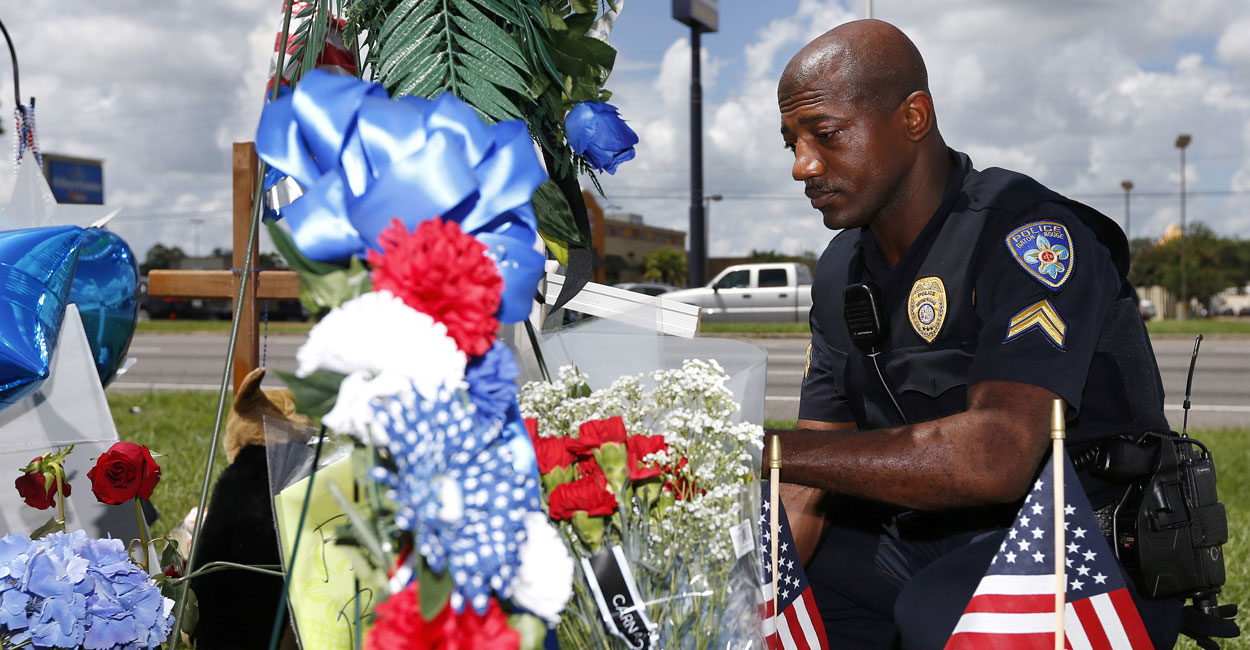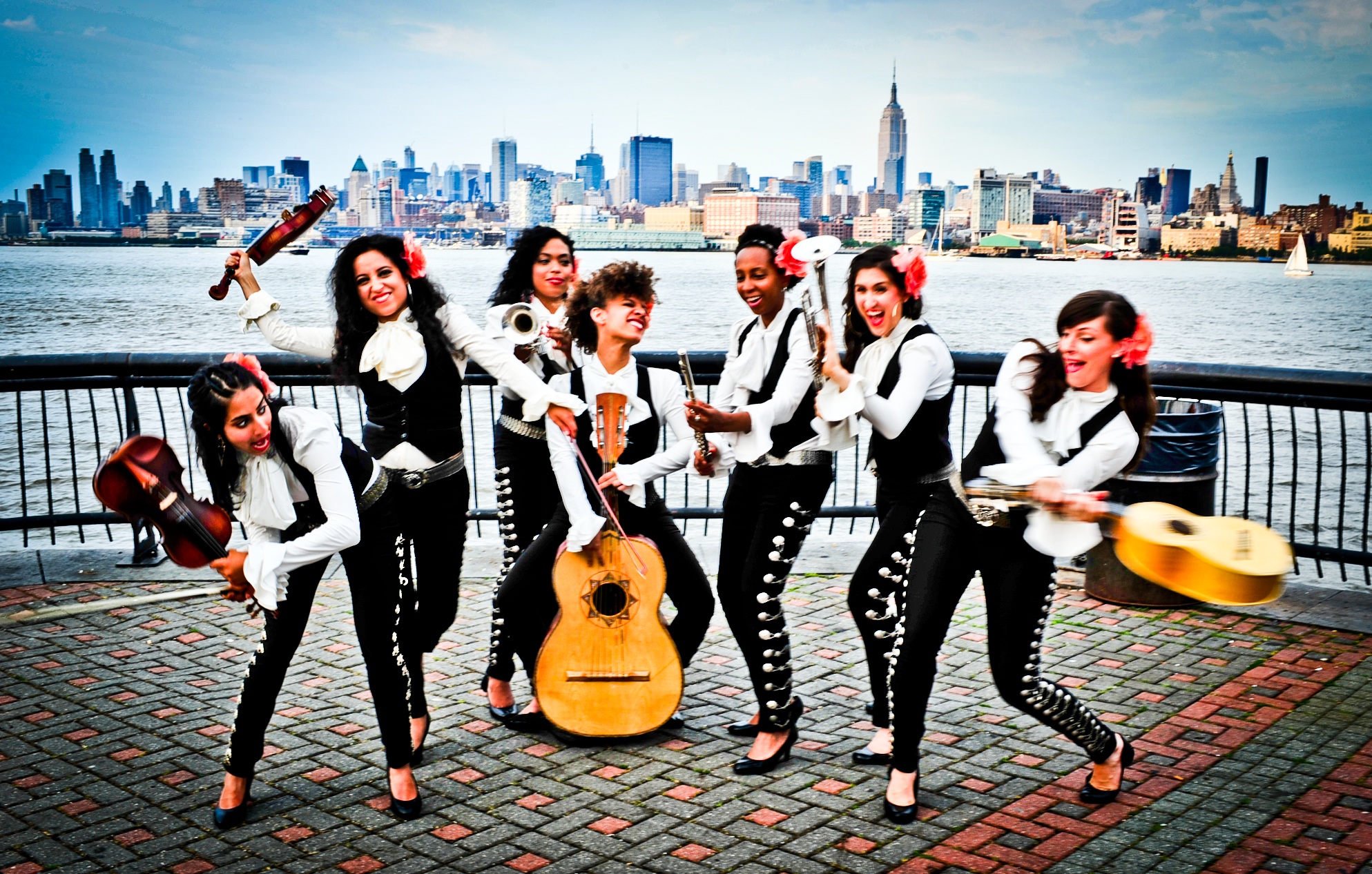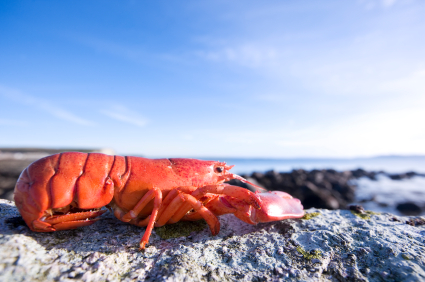by Josh Siegel
As police around the country grapple with recent violence against their own, Chief Brandon del Pozo of the Burlington Police Department in Vermont is requiring his officers to pair up when responding to calls for service, as a method for added safety and support.
“It’s important for cops to have someone to talk to about what’s going on instead of stewing in a car alone for hours,” del Pozo told The Daily Signal in an interview. “Tense and uncertain environments stop cops from slowing things down, problem solving, and listening to citizens. Just having a partner on hand to process what’s going on will help us return to normalcy.”
Other police departments that are implementing two-person patrols include San Diego, Los Angeles, Oakland, Boston, Minneapolis, Philadelphia, and Washington, D.C.
Meanwhile, another big city agency, the City of Orlando Police Department, is looking into purchasing bullet-proof vests designed to repel sniper fire in a way that normal protective gear can’t.
“It’s just hard for us, especially the past few years, where we’ve seen more ambush style shootings,” Orlando’s police chief, John Mina, told The Daily Signal in an interview. “Here in Orlando, we have a pretty rich history of engaging with the community and we aren’t afraid of doing that. Though morale is good, we are telling officers to be super vigilant, everywhere.”
In interviews with The Daily Signal, law enforcement leaders across the country caution that the fatal shootings of police officers mounting this year are forcing at least a short-term change in law enforcement tactics, and causing anguish among families of police who worry about the people they care for risking their lives on the frontlines.
Yet at the same time, police departments are responding to recent ambush attacks in Dallas and Baton Rouge and that left eight officers dead by mostly taking the long view, emphasizing the importance of shoring up community ties as a way to diffuse historic tension around law enforcement.
“Community policing has to continue because it’s the right way to police our communities,” said del Pozo, who polices a predominantly white city experiencing the opioid crisis and violence associated with it. “But my officers have to feel safe before they can connect with citizens. They know that in Vermont we feel a little lucky to have it better than Missouri, or Louisiana, or Minnesota, but we know sometimes there is no logic behind where violence can strike.”
‘Easy targets’
While larger police departments have the manpower to take extra precautions, and can still maintain quick response times across the areas they cover, other smaller agencies are not changing their tactics because they can’t afford to.
Mark Wasylyshyn, the third-term Republican sheriff of Wood County, Ohio, has not been able to double up patrols in the sprawling rural area policed by his 125 deputies.
He recognizes how police officers are particularly vulnerable to ambush-style shootings, even though the mostly white county he represents is far removed from the tension that exists in more urban cities.
“If someone wants to kill us, we unfortunately are easy targets,” Wasylyshyn told The Daily Signal in an interview. “If someone really wants to kill a cop, they can call 911 and tell us where to be. But while we always have to be vigilant, we are very engaged with our community and I truly believe most people are really good and appreciate their local law enforcement. There are a very small amount of people who want to do us harm.”
Even though Wasylyshyn doesn’t have the flexibility to institutionalize two-person patrols formally, he says deputies always have the option to radio in a request for a second deputy to assist a scene.
The sheriff’s department is also taking other actions to handle mass protest situations, even though there have been few in Wood County.
A mobile field force made up of representatives of area law enforcement agencies, including the police representing the nearby Bowling Green State University, convened for the first time on Monday with the mission of training officers how to maintain peace in situations of civil unrest without imposing on freedoms.
“I truly believe most people are really good and appreciate their local law enforcement,” says @woodctysheriff.
“A lot of problems arise with law enforcement not knowing how to respond to an incident of unrest,” said Eric Reynolds, the chief deputy of Wood County Sheriff’s Office. “When we have officers make mistakes, we discipline them and take care of business. As long as you do that, and focus on training officers the right way, the community appreciates it and doesn’t judge all law enforcement by that one misdeed.”
‘Public and police together’
Capt. Marc Yamada of the Montgomery County Police Department in Maryland is tasked with reiterating the community-first approach that has come to define modern policing.
It’s a counterintuitive idea, to engage after you’ve been wronged, rather than withdraw — to walk through neighborhoods as a matter of routine, instead of just in response to an emergency.
But this is the way Yamada is telling his fellow officers to respond — including his son, Ryan, a recent college graduate and once-aspiring accountant who chose the most contentious of times to instead join Montgomery County’s police academy.
“While yes, the current events are extremely negative in nature, it just strengthens our belief in community policing,” said Yamada, director of community outreach for the police, a recently created position in the department.
“It’s the public and the police together,” Yamada told The Daily Signal in an interview. “If they trust us and see and know you, they are our first line of defense. The community sees and hears things before we do, and promoting an environment that makes them comfortable enough to just call us leads to prevention and detection of criminal activity.”
‘It’s a Philosophy’
Margaret Mims, the 10-year sheriff of Fresno County in California, says her agency has earned the respect of the community.
In the past five and a half years, she says, the sheriff’s office has had 11 officer-involved shootings out of 1,220,000 calls for service.
The agency trains its 430 deputies on developing verbal de-escalation techniques before resorting to force.
In addition, she says, the sheriff’s office meets regularly with representatives of Fresno County’s minority communities, especially its large Hispanic population.
Due to the length of this article and lack of space we unable to publish the whole article. To read the complete story visit: To read the complete story visit:
http://dailysignal.com/2016/07/22/in-uncharted-period-of-violence-police-change-tactics-but-keep-perspective/)










